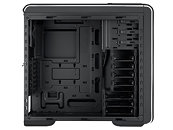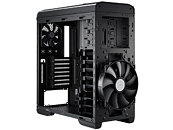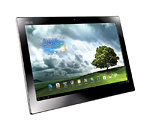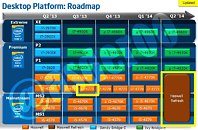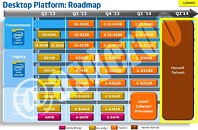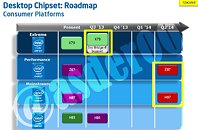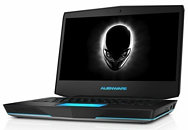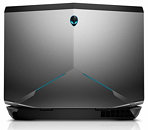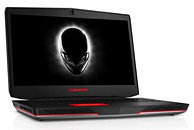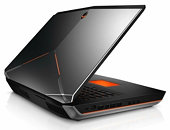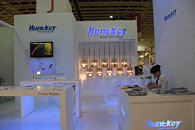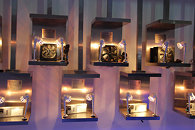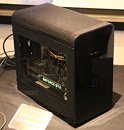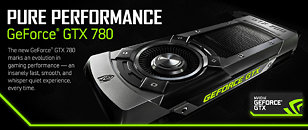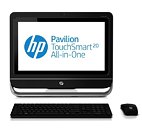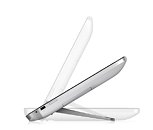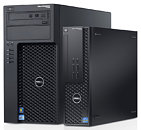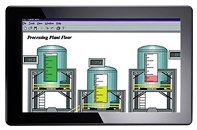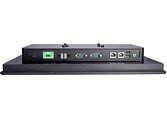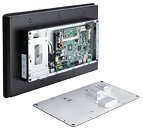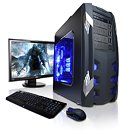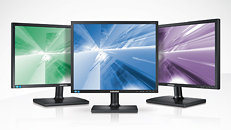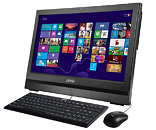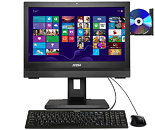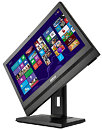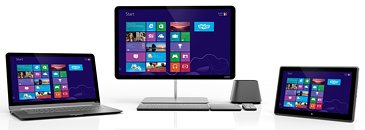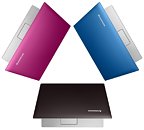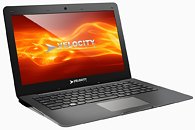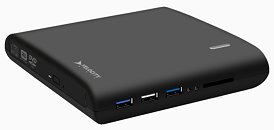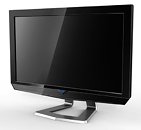
An Icon Redefined, Cooler Master CM 690 III
Cooler Master, a leading creator, innovator and manufacturer of desktop components and more, today announced the CM 690 III. CM 690 III arrives as the spiritual successor to the CM 690 line of cases that is adored by many around the world.
Seeking to retain the iconic sleek curved mesh styling on the front façade, CM 690 III designers gave the exterior a feel that harkens back to its foundations. With the CM 690 III, Cooler Master sought to look within the chassis for its many design improvements. Chief among these changes is a completely redesigned interior. Included, is a new HDD/SSD combo cage that allows for 3.5" or 2.5" HDD or SSD deployment in every slot based on user needs. This amounts to up to 10 SSDs being supported through the HDD/SSD cages and one available SSD mount behind the motherboard tray. Should the cage not be needed, the HDD/SSD combo cage can be completely removed to open up space for other hardware. Long graphics cards up to 423mm long and tall CPU coolers up to 171mm are fully supported. Further improving upon tool-less implementations, a new EZ-tray ODD system has been implemented for quick installation.
Seeking to retain the iconic sleek curved mesh styling on the front façade, CM 690 III designers gave the exterior a feel that harkens back to its foundations. With the CM 690 III, Cooler Master sought to look within the chassis for its many design improvements. Chief among these changes is a completely redesigned interior. Included, is a new HDD/SSD combo cage that allows for 3.5" or 2.5" HDD or SSD deployment in every slot based on user needs. This amounts to up to 10 SSDs being supported through the HDD/SSD cages and one available SSD mount behind the motherboard tray. Should the cage not be needed, the HDD/SSD combo cage can be completely removed to open up space for other hardware. Long graphics cards up to 423mm long and tall CPU coolers up to 171mm are fully supported. Further improving upon tool-less implementations, a new EZ-tray ODD system has been implemented for quick installation.

